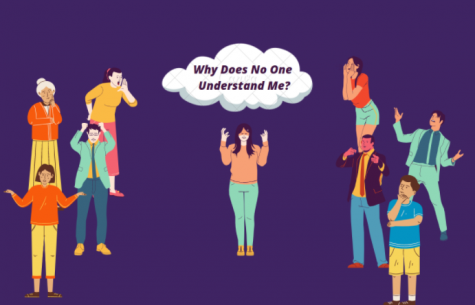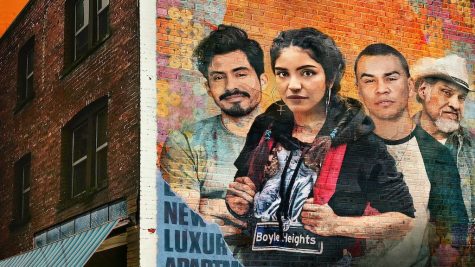The Misunderstood Story of Second Generation Children Living In America

In the United States, the stories of foreign immigrants and first-generation are widely known for the trail and tribulations they have overcome. Yet another important tale that isn’t widely known is the story of second-generation children and their misunderstood hardships they’ve encountered.
A second-generation child is when two native parents, for example, two American parents, have a child born in their native country. Down the generational line, second-generation children tend to be sidelined by the media and by society.
The idea that second-generation children have it ‘easy’ simply due to the fact that they did not endure the same hardships as their immigrant grandparents or even their first-generation parents is completely false. Although second-generation may or may have not endured the same hardships, their stories shouldn’t be kept hidden away or silenced.
Just like every other generation, the hardships each generation faces is what makes their journey special. The majority of second-generation people tend to identify as ‘American” because this country is all that they know.
But being “American” in a family that consists of other cultures and ideologies causes a tremendous amount of judgment. For many families, keeping the culture within their family tree is very important, yet when children grow up in another country or learn a different language they tend to embrace their new identity and culture.
Of course, keeping culture within the family is important, the immediate exclusion of other’s identities or cultures contradicts that idea. Cultures are made in every country, but what matters most is what the culture means to the individual.
For many second-generation people, if a foreign language isn’t spoken to them they endure struggles to fit in with others of the same race or culture. Once they are questioned if they’re authentic, they begin to feel insecure or possibly face a cultural crisis.
Trying to fit in or be seen as authentic enough causes pressure for second-generations who aren’t raised the same as past generations. Instead, they are raised with the guidance of their parents who faced similar challenges.
As said and done, second generations aren’t showcased enough which creates a rift between generations. The commonly known generations are foreign-born parents and first-generation, but in a space where second generations can showcase their culture, the immediate difference between them will showcase the journeys each encountered.
Second-generations are just as authentic and enough for any culture. Until the media begins to showcase their newly created culture, every generational line will see the growth that spawned from generation to generation. Their stories are what makes family trees special because they grew up in the country that their past generations wished to visit or even live in.
So embrace the culture you’ve created and don’t be afraid to be you because you make a special portion of your family tree while also preparing to guide posterity.
Bridget Reyes is currently a junior at Da Vinci Communications High School. She is apart of the Vitruvian Post as a staff writer and a member of our broadcast...
Kimberly Perez is a junior staff reporter at The Vitruvian Post. Her beat and some of her articles include international news, human rights, and foreign...

Keenan Mungai • Oct 20, 2021 at 8:44 am
I like how in-depth you are. You definitely showed how you felt and it was conveyed nicely. This is a very real topic and I liked how you covered it.